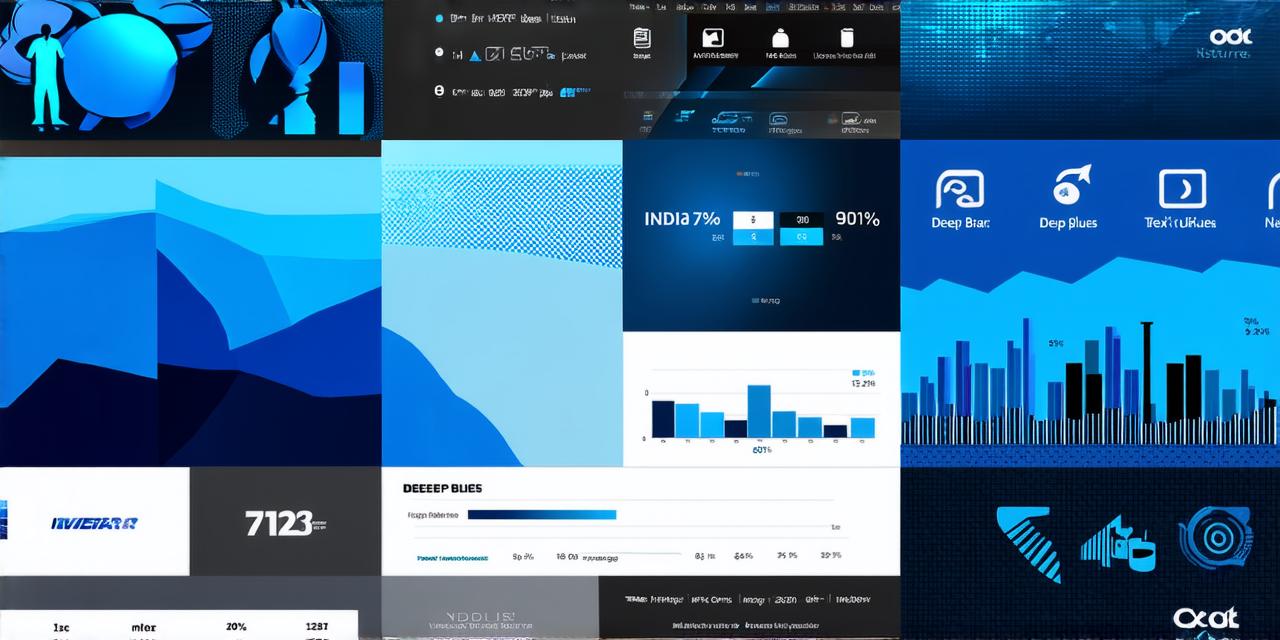When it comes to app development, there is no one-size-fits-all solution for the programming language used. The choice of programming language depends on several factors, including the target audience, the type of app being developed, and the platform on which it will be deployed.
Java vs. Swift
When it comes to developing apps for iOS devices, there are two primary programming languages used: Java and Swift. Java is a popular choice for Android app development, while Swift is the preferred language for developing apps for iOS.
One of the main advantages of using Java for Android app development is its wide range of libraries and frameworks that make it easier to develop complex features. Additionally, Java is a mature language with a large community of developers and extensive documentation, which makes it easy for new developers to get started. However, Java can be slower than Swift in terms of performance.
Swift, on the other hand, was designed specifically for iOS app development, making it more efficient and faster than Java. Swift is also a newer language, meaning that it has less extensive documentation and fewer libraries compared to Java. However, Swift’s clean syntax and simplicity make it easier for developers to write code, reducing development time.
React Native vs. Flutter
React Native and Flutter are two of the most popular cross-platform app development frameworks. React Native is a JavaScript library developed by Facebook that allows developers to build apps for both iOS and Android using a single codebase.
React Native has several advantages over Flutter, including its extensive documentation, mature ecosystem, and large community of developers. React Native also supports advanced features such as animations, gestures, and third-party libraries, making it easier to build complex apps quickly. However, React Native can be slower than Flutter in terms of performance, especially for apps with complex UI elements.
Flutter, on the other hand, is known for its speed and fast development cycle. Flutter has a growing ecosystem of developers, and the language itself is designed to be easy to learn and use, making it an excellent choice for beginners. However, Flutter’s documentation is still not as extensive as React Native’s, which can make it harder for new developers to get started.
Python vs. JavaScript
Python and JavaScript are two of the most popular programming languages used in web development. Python is often used for back-end development, while JavaScript is commonly used for front-end development.
One of the main advantages of using Python for back-end development is its simplicity and ease of use. Python has a large standard library, making it easier to develop complex features without having to write extensive code. Additionally, Python’s syntax is easy to read and write, making it an excellent choice for beginners. However, Python can be slower than JavaScript in terms of performance, especially for high-performance applications.

JavaScript, on the other hand, is designed specifically for web development and has a growing ecosystem of developers. JavaScript’s fast execution speed makes it ideal for developing interactive and dynamic websites. Additionally, JavaScript’s flexibility allows developers to write code that can run on different platforms and devices, making it an excellent choice for building cross-platform apps.
Summary
In conclusion, the choice of programming language used by app developers depends on several factors, including the target audience, the type of app being developed, and the platform on which it will be deployed. While there is no one-size-fits-all solution, using a mature language like Java or Python can make development faster and easier for beginners. On the other hand, newer languages like Swift or Flutter may be more suitable for developing complex apps with advanced features. Ultimately, the choice of programming language should be based on the specific requirements of each project.



